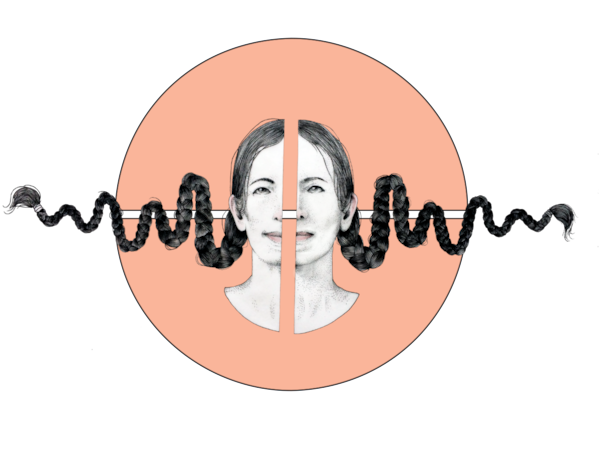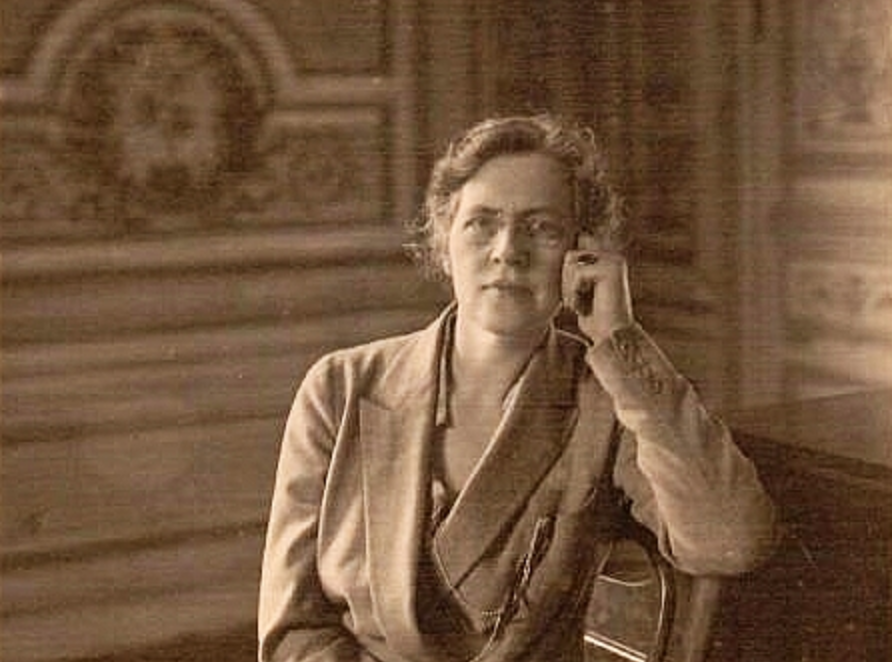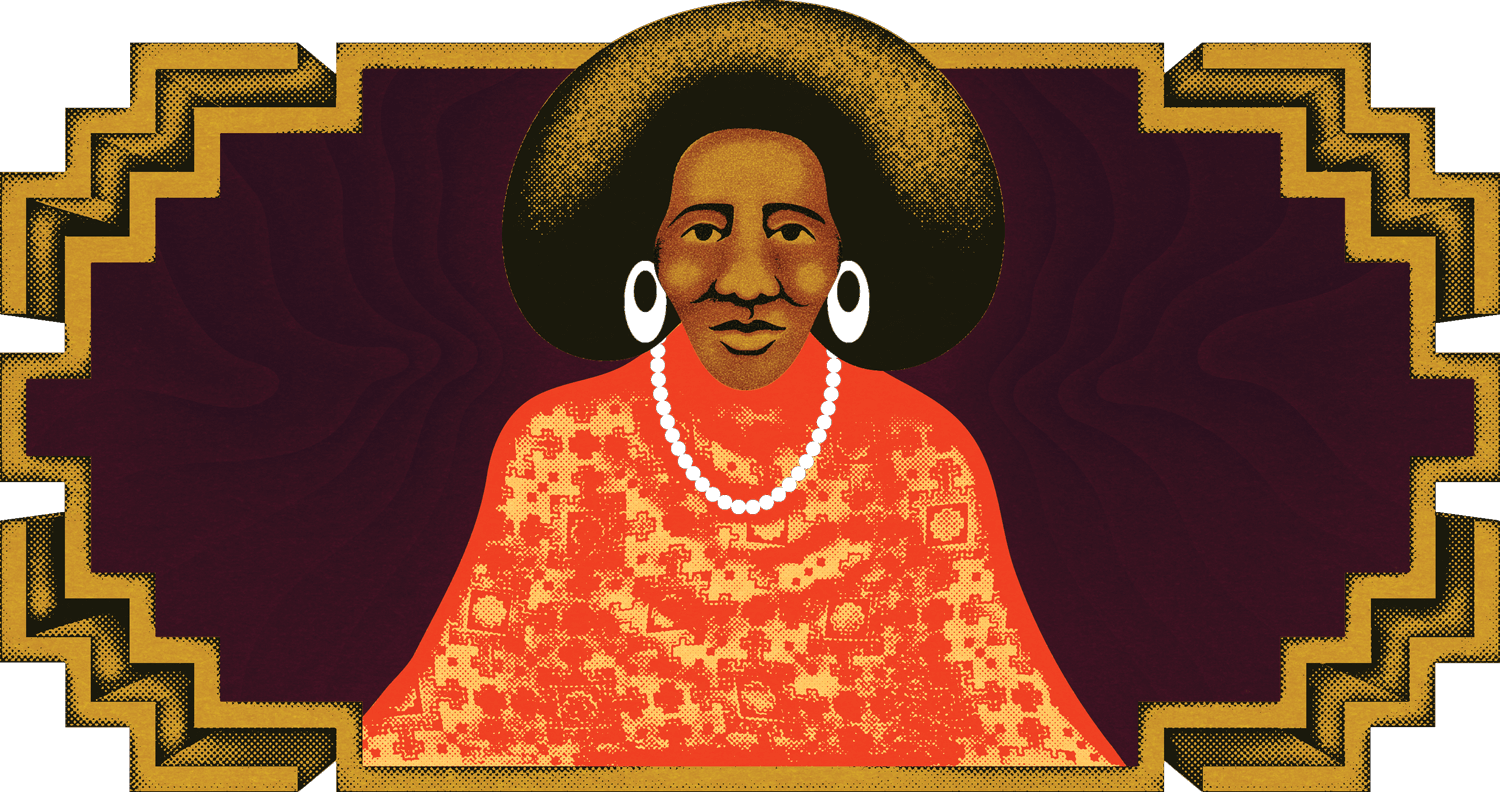Meredith Monk

Meredith Monk is one of America’s greatest living composers. Her most recent work offers a era-spanning insight into her remarkable career
Meredith Monk, who turns 75 in November, has been a juggler of genres since the 1960s. She has created operas, plays, films, dances and museum installations, twining musical, visual and performance art together effortlessly. Her site-specific projects have broken down the barriers between audience and performer, and among her multitude of honors are a MacArthur “Genius” Fellowship in 1995, and the National Medal of Arts, awarded by President Obama in 2015.
But for all the hifalutin hybrids and hardware Monk has amassed over the decades, the primary source of her artistry couldn’t be more basic: The human voice, in all its singularly personal and yet universally empathetic glory.
What Monk has done with her voice over the years has been likened to magic. Yet her discovery of how to use the voice as an instrument is almost the opposite of alchemy – it is literally who she is, rooted in the pith of her DNA. Monk describes herself as a fourth-generation singer – her mother and her grandfather were both professional vocalists and her great-grandfather was a cantor. “Music and singing were natural to me as a child. I took it for granted as just part of the family, but it was a very early language and a comfortable language for me,” she explains. Monk could read music before she could read words, and remembers singing herself to sleep at an early age.
Monk was born with a condition called strabismus – her eyes work independently of each other, preventing her from seeing in three dimensions. If she attempts to look out of both at once, she can’t fuse the images, and sees double. As a result, “I probably perceived the world more through my ears,” she told Bonnie Marranca in the book, Conversations with Meredith Monk. The strabismus left Monk incredibly uncoordinated as a child, and her mother, knowing her natural affinity for music, enrolled her in Dalcroze Eurhythmics, a program that coordinated movement to music.
“I was like a little duck in water,” Monk told interviewer Jamake Highwater in 1997. “They became so integrated for me that I don’t think of them as two separate things. I always say I am working with a dancing voice and a singing body.”
Indeed, one of Monk’s first public performances was as a singer/dancer in an Off Broadway show while she was attending Sarah Lawrence College just north of Manhattan in the early ’60s. She also participated in a variety of plays and musical performances while in school. But the breakthrough that marked her self-discovery as an artist occurred shortly after she graduated later in the decade.
Monk was sitting at the piano when she hit upon a profound idea: The voice could have the same flexibility as a spine or a foot, and had its own interior wordless language that could be utilized the same as any instrument. Just as she had worked out her own idiosyncratic “body vocabulary” in the eurhythmics program and then in the dance department at Sarah Lawrence, she could unearth the possibilities of her voice in a similarly intrepid fashion.
“When you are a young artist in your 20s, it is a life and death exploration to find your artistic identity. I already had technique, but I knew I wasn’t going to be an interpretive artist. So when I had that revelation it really was as if I’d found what I was looking for,” Monk explains. “I knew I needed to go into the studio and explore the vocabulary of my voice, and make that the heart of what I do.”
Despite knowing what she wanted to do, Monk has said that the first decade or so of her vocal work was a lonely time. She wasn’t aware (at the time) of anyone exploring the same path. She began expanding her range, pulling it as high and tugging it as low as it could go. The discoveries began to tumble out of her.
The Soul’s Messenger
“Right from the beginning, I was interested in primordial utterance: what were the first human sounds? What was the delicate and fluid membrane between speech and music?” Monk writes in an essay entitled The Soul’s Messenger. “I began playing with what a vocal gesture would be. How would the voice jump, spin, spiral, fall? How would I abstract the sound of a laugh, of sobbing, of shouting, into a musical phrase? I began to realize that the voice had the power to uncover subtle shades of feeling that exist between what we think of as emotions. It could conjure the unnamable.”
It is no coincidence that The Soul’s Messenger also serves as the name of a work that Monk has been performing for the past seven years. It feels like a culmination of her work to date. (The piece’s subtitle is “Celebrating 50 Years of New Music.”) “Being a live performer, we can’t see our progression or the way we’ve traveled over the years unless we do the work again,” she said. What is satisfying about The Soul’s Messenger is seeing the change and continuity simultaneously.
The 100-minute concert has had very few changes in its set list over the performances (and then only to honor a particular location or guest). It begins ingeniously with “Porch,” a selection from one of her earliest works, Juice, from 1969. But where the original Juice was an elaborate music theater piece involving 85 people and three locations over a period of weeks, Monk has shorn it back to the root source: Her voice. Standing there in a plain dress with long braids and a glass of water to clear her throat, she sings it a cappella.
She begins as if calling out to someone in a game of hide-and-seek. But then the rhythms and wordless phrases begin to careen a bit in a mischievously playful fashion. Another shift brings declamatory trills, wordless sentences that start dissolving in a stuttering fade, a pattern repeated a handful of times. That in turn yields to what seems like slightly anxious vocal rustling, which seamlessly morphs into a dreamy patter, another repetition that gets softer, cajoling you to listen harder.
Three more a cappella pieces follow in a chronology that encompasses selections from Songs from the Hill in 1977 and Light Songs from 1988. Monk introduces each one with an affably plainspoken description of its context or technique. She notes, for example, that Songs from the Hill began when she visited her sister in New Mexico.
These asides and backstories seem primarily designed to eliminate any sense of artistic pretension and establish a human connection between the performers and the audience. “The danger of some of my work in the early days was that it could get a little intellectual,” Monk told Marranca.
When I interviewed her nearly a decade ago, before the premiere of the music theater piece Songs of Ascension, she said, “I have always tried to offer up art where you can let your mind rest and have a direct experience. There is that vulnerability of a live performance, that sense of now-ness and live energy between audience and performance, with the possibility of failing, which if you think about it is a precious quality. I want to change the theatrical situation and make it new, so it is not habitual behavior, where you go see something and then have a cup of coffee and talk about it and then go on with your life. I want to subvert that. My fundamental aspiration is emotionally and spiritually you can go home and have a thought about the quality of your life and a sense of questioning. What I am saying is that I hope my art will be useful.”
At a certain point in the performance of The Soul’s Messenger, Monk only half-kiddingly introduces “Hocket,” from her Facing North record in 1990, as “the hardest song in the world.” She’s paired up with Katie Geissinger, and the two singers twine in one thread, with forays that last no more than one or two notes. It is a sonic needlepoint that requires split-second timing and keen emotional consonance.
For more than four minutes Monk and Geissinger have at it, rapidly building and then altering patterns with hums, cries and groans that sculpt the piece via changes in rhythm, pitch, tone and timbre. Their interplay has the audacity of a gimmick, deepened by a bond of profound trust and joyful receptivity.
Monk has described a “Hocket” performance as “throwing notes in the air. It’s like being on a tightrope with no clothes on and we never know if we are going to make it through. Every time.”
But for Geissinger, who has been with Monk nearly 25 years and has even performed Monk’s side of the song when Monk is unavailable, there is also a Zen quality to the performance. “The key is to “empty your mind and let your body and ear do the job for you; otherwise you can’t keep up with it,” Geissinger explains. She adds that the body is internalizing the whole melody, “and you’re picking out the notes you are responsible for.”
Two outliers from Monk’s usual method begin the second set. Allison Sniffin sings solo while playing piano on “Prayer I” from the music theater piece, The Politics of Quiet, the only large-scale vocal work Monk has composed in which she does not perform. “Prayer I” is followed by “Scared Song,” one of the few Monk compositions with English words, and the only song that has been overtly influenced by her Buddhist philosophy.
Monk was skeptical of organized religion for many years. She eventually came to Buddhism because “a lot of the principles that I had followed aesthetically in my work seemed to be very fundamental Buddhist principles – like space, the fluidity of time, presence.” Monk began to learn about Buddhism through Shambhala training, and “Scared Song” reflects her understanding of how much violence, as well as anger, indifference, ignorance and hatred, seems to be motivated by fear.
In some sense, it’s one of the most direct compositions she’s ever written. “What I love about the power of the voice is that it can delineate the shades of emotion we don’t have words for. ‘Scared Song’ is the only piece I ever did where I was working with an emotion that had a name to it and really contemplating that,” Monk told me. In The Soul’s Messenger, she is the sole vocalist, wielding “scared” both externally – phrases scamper heedlessly and the declamations “I’m scared” and “she’s scared” erupt together – and internally, via the chilling and brittle tones of her voice.
The rest of the concert adds the fourth and final member of the Vocal Ensemble, Bohdan Hilash on woodwinds. “My idea when I was a young composer was that the voice can do everything, so I am going to keep my instrumental writing really simple and transparent,” Monk said. But when Michael Tilson Thomas commissioned her to write the orchestral piece, “Possible Sky” in 2003, she realized that that she wanted to make the orchestra sing too.
The result has created a different kind of depth and beauty in her work ever since. Her last two full-scale albums for the ECM label, Songs of Ascension in 2011 and especially On Behalf of Nature released last year, have featured a number of short songs in which the instruments get their “vocal” due. During The Soul’s Messenger, Hilash plays three different instruments. He improvises on the Southeast Asian mouth organ known as a khaen gao, as Monk dances with a Tai Chi-like grace on “clusters 3,” and the concert concludes with Hilash on clarinet amid the three vocalists for “between song,” from impermanence, an album inspired in part the death of Monk’s longtime partner.
It is a beautifully dignified denouement, yet Monk has the perfect trick up her sleeve for the encore. “I don’t think I would ever feel comfortable about doing a piece that didn’t have humor in it,” she told Highwater. As the curtain comes back up, Monk explains that “The Tale” is about an old woman bargaining with death to let her go by listing the possessions she has on offer. Supported by the two other female singers, she camps it up, especially when she claims “I still have my mind!” and then wonders if it is true, and later adds, “I still have my memory... What was my name again?”
Music Is The River Of My Life
In her late twenties, Monk said she wondered what an 80-year old voice would sound like. Now that she’s almost there, she’s gratified by what she finds. “I think as you get older and are performing pieces you have done for many years, you learn more about what the underpinnings of the piece are. When you are younger, you are much more involved with your virtuosity. Emotionally you learn how to be even more generous as you get older,” Monk says.
At a moment when Monk is celebrating more than 50 years of artistry and approaching her 75th birthday, she remains a force of compelling independence and creativity. The Soul’s Messenger proves her work has evolved enormously over the years. So has her voice. It’s gotten lower with age, and she composes her music accordingly. She now trains more diligently than she did decades ago, vocalizing every day and continuing to work with a teacher to help her keep her instrument strong and flexible.
“Mirroring her sounds in your own body is hard – she has crazy range and all these capabilities in so many different styles,” says Geissinger, who is decades younger. “Obviously we can’t do what she does, but she wants it more elemental and visceral anyway. She has opened up a world of possibility to me with voice. I remember when I started working with her, my kneejerk reaction was, ‘I can’t do that.’ Then I realized it would be fun to try. Then it was even more fun because I actually can do some of it.”
For all her multidisciplinary work, Monk has always regarded herself first and foremost as a composer and musician. “Music is the river of my life. When I accumulate a number of ideas for a larger work that incorporates some other modes of perception, then I make a larger work. But that takes two or three years to form, whereas I’m always writing music.”
If music is the river, voice is the water. Perhaps it is fitting that her next “larger work” is shaping up to be an a cappella project, currently titled Cellular Songs.
“I am not sure whether there will be movement elements or even film elements yet – I am swimming around in the unknown,” she said. “Musically I have got maybe six or seven short a cappella pieces and I am very excited about them. I am finding a whole new resonance, where you can go on for a long time and it doesn’t get your voice tired at all. It’s kind of amazing, like this spiral process that seems to renew itself. It is almost like the sound is sculptural, like you are hearing in three dimensions.”
So, even now she is able to expand the breadth of her voice vocabulary? Monk sounds shocked that it would even be a question. “Oh, I think the voice is limitless. Singing is like breathing.”
Header image © Megan Bishop





